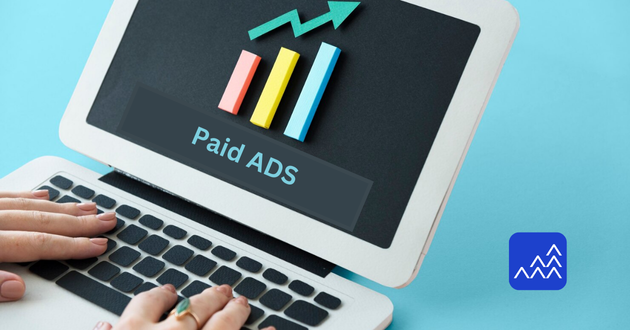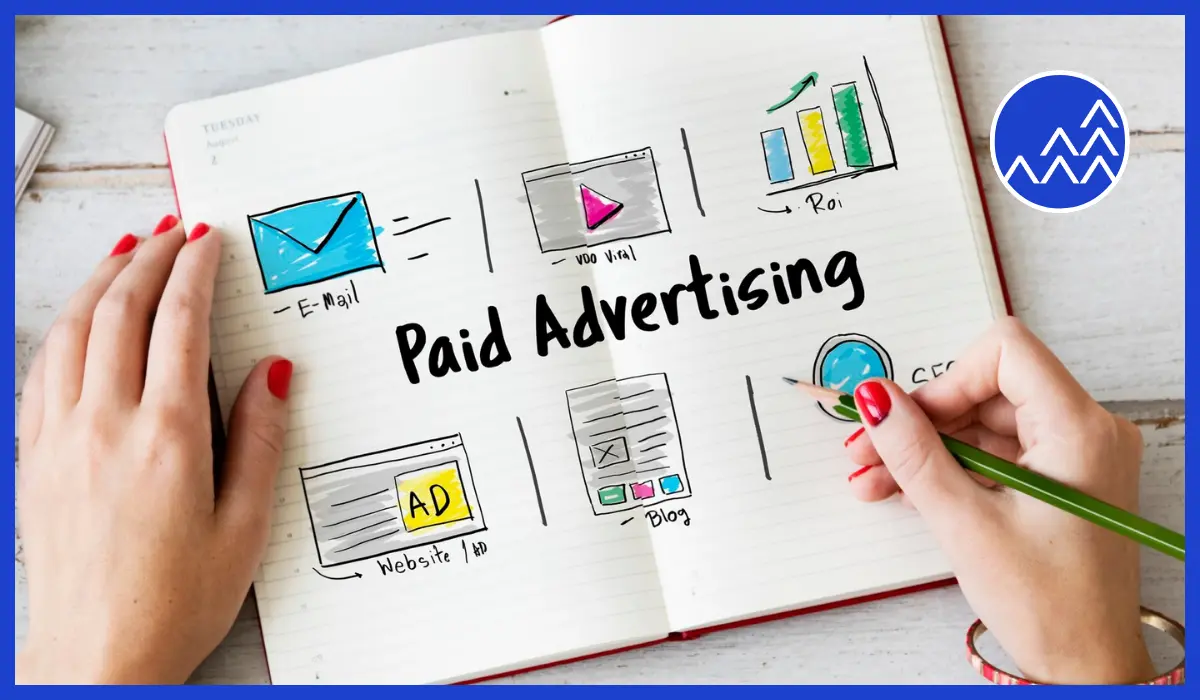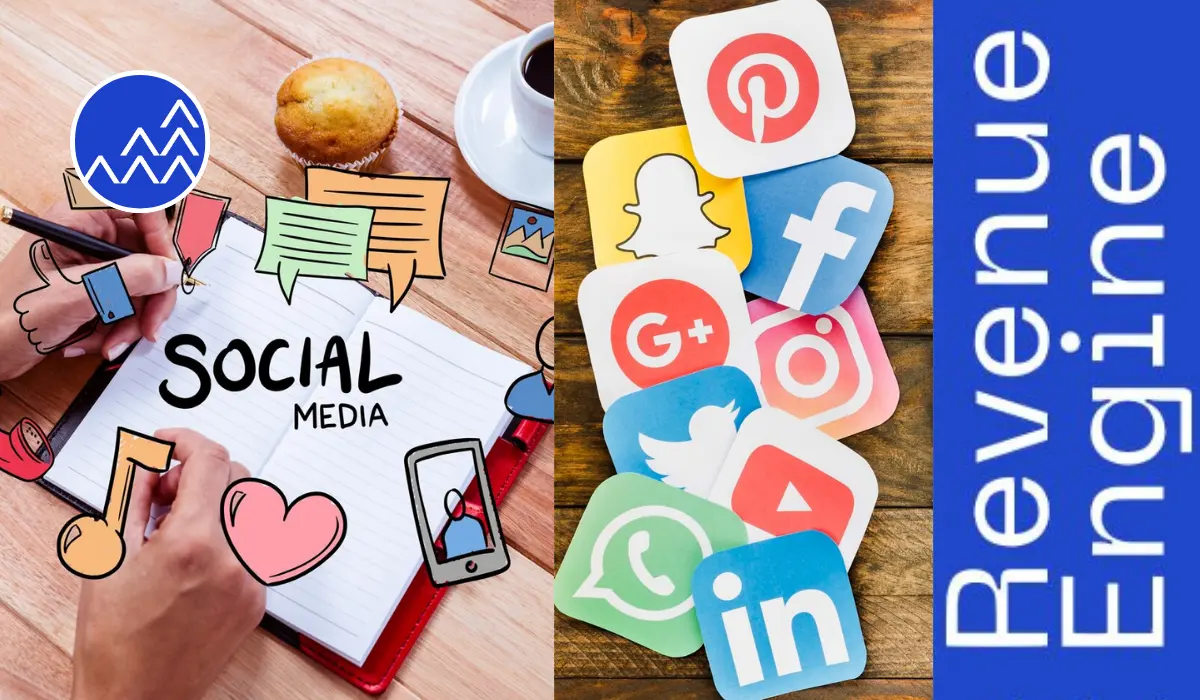In the digital era, where competition is fiercer than ever, your business needs a reliable way to reach new customers and increase sales. Enter the world of paid ads. This comprehensive guide will explore the mechanics of paid advertising and how harnessing the full potential of your Revenue Engine can transform your business into a revenue-generating powerhouse.
Understanding Paid Ads
Paid ads, otherwise known as pay-per-click (PPC) advertising, are a method of digital marketing where advertisers pay a fee each time one of their ads is clicked. In simpler terms, it’s a way of buying visits to your site, rather than attempting to “earn” those visits organically.
Types of Paid Ads
There are several types of paid ads, each with its unique characteristics and platforms.
- Search Ads: These are the ads you see at the top of search engine results pages, typically labeled as “Ad.” They target users who are actively searching for specific keywords.
- Display Ads: These are visual banner ads displayed on websites within the Google Display Network, designed to attract the audience’s attention.
- Social Media Ads: Advertisements offered on platforms like Facebook, Instagram, LinkedIn, and Twitter, tailored to the audience’s interests.
- Retargeting Ads: Ads directed at users who have previously visited your website but did not make a conversion.
- Shopping Ads: These ads showcase products directly in the search results, often including images, prices, and product names.
How Paid Ads Propel Your Revenue Engine
Utilizing paid ads effectively means you are leveraging the power of your Revenue Engine. Each ad campaign is like a well-oiled machine, driving potential customers toward your business. Below, we will delve into the mechanics of creating a successful paid ads strategy.
Keyword Research: The Foundation of Your Ads
Effective keyword research is paramount when implementing any paid ad strategy. It involves identifying the terms and phrases that your target audience is searching for online. Understanding these keywords allows you to tailor your ads to match their intent, ensuring that your business shows up at the right moment.
Steps for Effective Keyword Research:
- Use Keyword Planning Tools: Platforms such as Google’s Keyword Planner and SEMrush provide valuable insights into keyword performance.
- Analyze Competitors: Review the keywords that your competitors are targeting and identify gaps in their strategy.
- Group Keywords: Categorize keywords into groups based on similar themes, which will help in organizing your ad campaigns.
- Focus on Long-Tail Keywords: These are usually less competitive and more specific, driving higher-converting traffic to your site.
Crafting Effective Ad Copy
Your ad copy is the first impression potential customers will have of your brand. It must be crafted meticulously to draw in clicks and drive conversions. Here’s how to make it stand out:
Essential Elements of Compelling Ad Copy
- Clear Value Proposition: Clearly state what makes your product or service better than the competition.
- Use Strong Action Words: Encourage immediate action with words like “buy now,” “limited time offer,” or “get started.”
- Be Specific: Include details such as discounts or features that give users a reason to click your ad.
- Incorporate Keywords: Make sure to include relevant keywords to improve your ad’s relevancy and quality score.
Setting Up Your Paid Ads Campaign
Launching your paid ads involves a series of steps that can be managed on platforms such as Google Ads or Facebook Ads Manager. Here’s a streamlined process for setting up your campaigns:
Step-by-Step Guide to Launch Your Campaign
- Define Your Goals: Are you aiming for brand awareness, lead generation, or sales conversions? Establishing clear goals informs your ad strategy.
- Select Your Audience: Utilize demographic targeting to ensure your ads are shown to the segments that are most likely to convert.
- Design Your Ads: Create visually appealing graphics or select high-quality images that will resonate with your target audience.
- Set Your Budget: Determine how much you’re willing to spend daily or monthly and establish your bid strategy—automatic or manual.
- Launch and Monitor: Start your campaign and continuously monitor performance metrics to make adjustments as necessary.
Analyzing Performance: The Key to Optimization
Once your paid ads are active, the work doesn’t stop there. Analyzing performance is crucial to maximizing the efficiency and return on investment (ROI) of your campaigns. Here are some critical metrics to monitor:
Important Metrics to Track
- Click-Through Rate (CTR): This metric measures how often people click on your ad after seeing it. A higher CTR indicates that your ad is relevant and engaging.
- Conversion Rate: This indicates how many clicks on your ad resulted in a desired action, such as making a purchase or filling out a contact form.
- Cost Per Click (CPC): This tells you how much you spend each time someone clicks on your ad, helping you manage your budget effectively.
- Return on Ad Spend (ROAS): Measure the revenue generated per dollar spent on advertising, helping to assess the effectiveness of your campaigns.
Scaling Your Paid Ad Campaigns with Revenue Engine
Once you’ve found a formula for success with your paid ads, it’s time to scale your campaigns. The Revenue Engine comes into play here as you can take successful elements from your current strategy and enhance them. Here are some ways to effectively scale:
Strategies for Scaling Your Paid Ads
- Expand Targeting: Start exploring similar audiences or different demographics that align with your brand.
- Increase Budget on High-Performers: Allocate more funds to ads that are already showing a good ROI.
- Test New Ad Creative: Regularly experiment with new visuals and copy to keep your audience engaged.
- Utilize Automated Rules: Set rules within your ad platform to automatically adjust bids or budgets based on performance.
Common Mistakes to Avoid in Paid Ads
Even seasoned marketers can make mistakes in their paid ad campaigns. Recognizing and avoiding common pitfalls can enhance your campaign’s effectiveness.
What NOT to Do
- Ignoring Mobile Optimization: Many users are on mobile devices; ensure your ads are optimized for all screens.
- Neglecting A/B Testing: Failing to test different elements of your ads can lead to missed opportunities for improvement.
- Not Utilizing Negative Keywords: This can lead to irrelevant clicks that waste your budget. Make sure to include negative keywords to filter out unwanted traffic.
- Setting and Forgetting: Running a set-and-forget campaign is not an option; regular monitoring and tweaking are essential.
Conclusion:
Paid ads are an invaluable tool for driving traffic, generating leads, and ultimately increasing sales. By strategically revolving your marketing efforts around your Revenue Engine, you can create targeted, effective, and scalable ad campaigns that resonate with your audience. As digital marketing continues to evolve, harnessing the full power of paid ads will ensure that your business remains competitive in a crowded marketplace.
FAQs!
What are paid ads in digital marketing?
Paid ads, or pay-per-click (PPC) advertising, are ads where businesses pay for each click to drive traffic to their website.
How can paid ads increase my business revenue?
Paid ads increase revenue by targeting specific audiences, driving traffic, and converting clicks into sales through optimized ad campaigns.
What are the types of paid ads available?
Common types include search ads, display ads, social media ads, retargeting ads, and shopping ads, each serving different marketing goals.
How do I optimize my paid ad campaigns?
Optimize by conducting thorough keyword research, crafting compelling ad copy, targeting the right audience, and monitoring performance metrics.
What are common mistakes to avoid in paid ads?
Common mistakes include ignoring mobile optimization, neglecting A/B testing, failing to use negative keywords, and not regularly monitoring campaigns.








